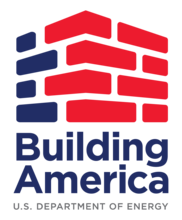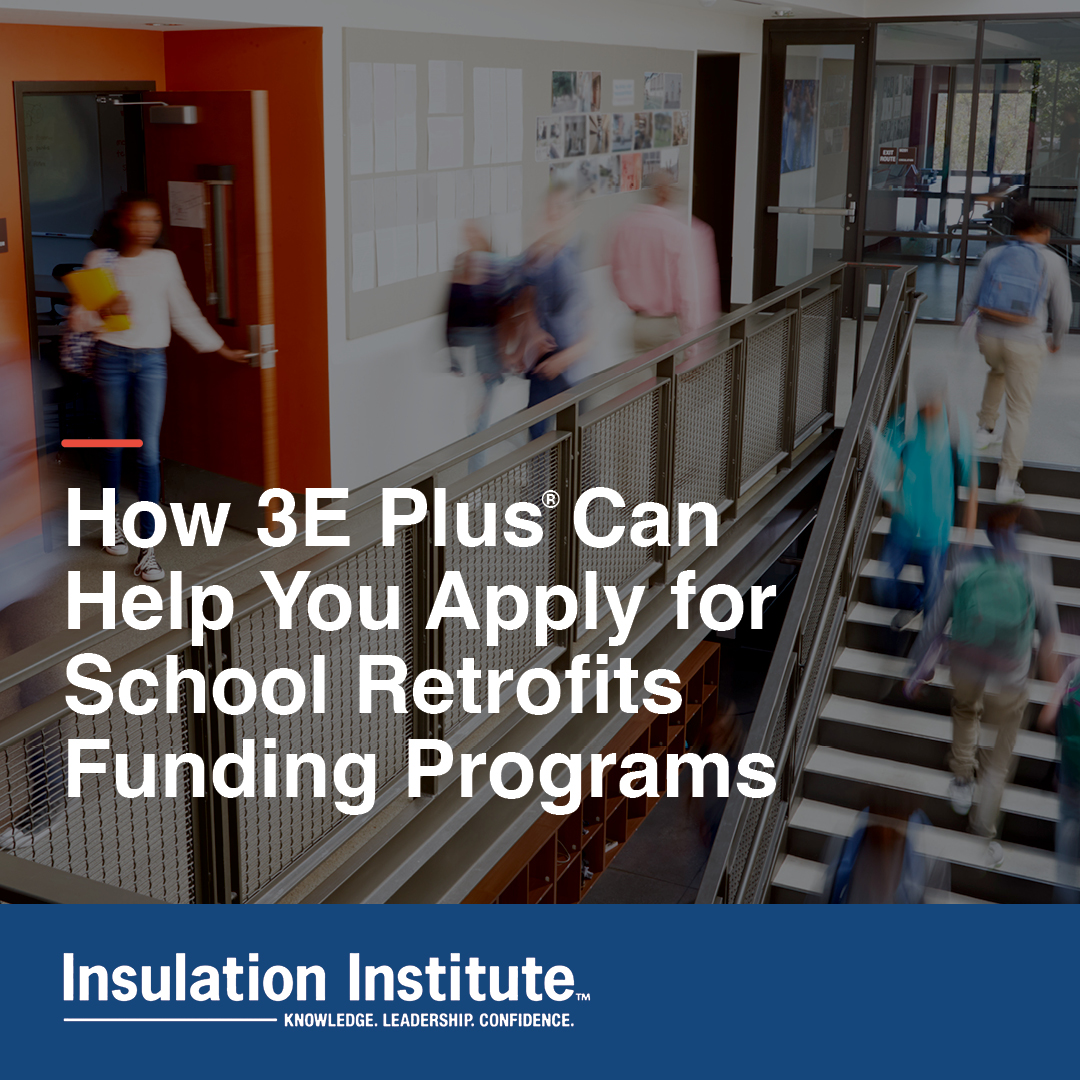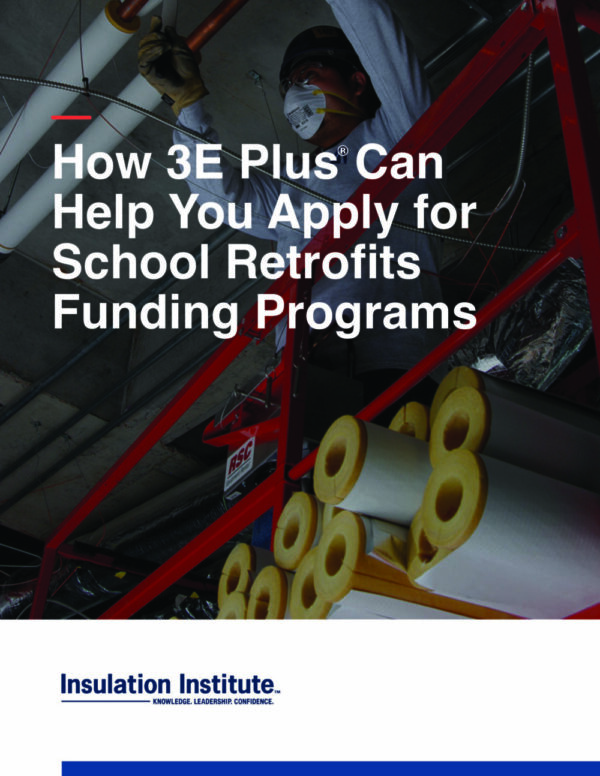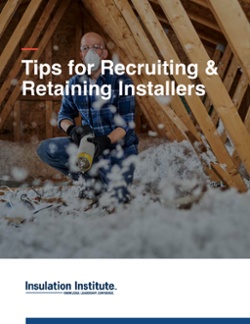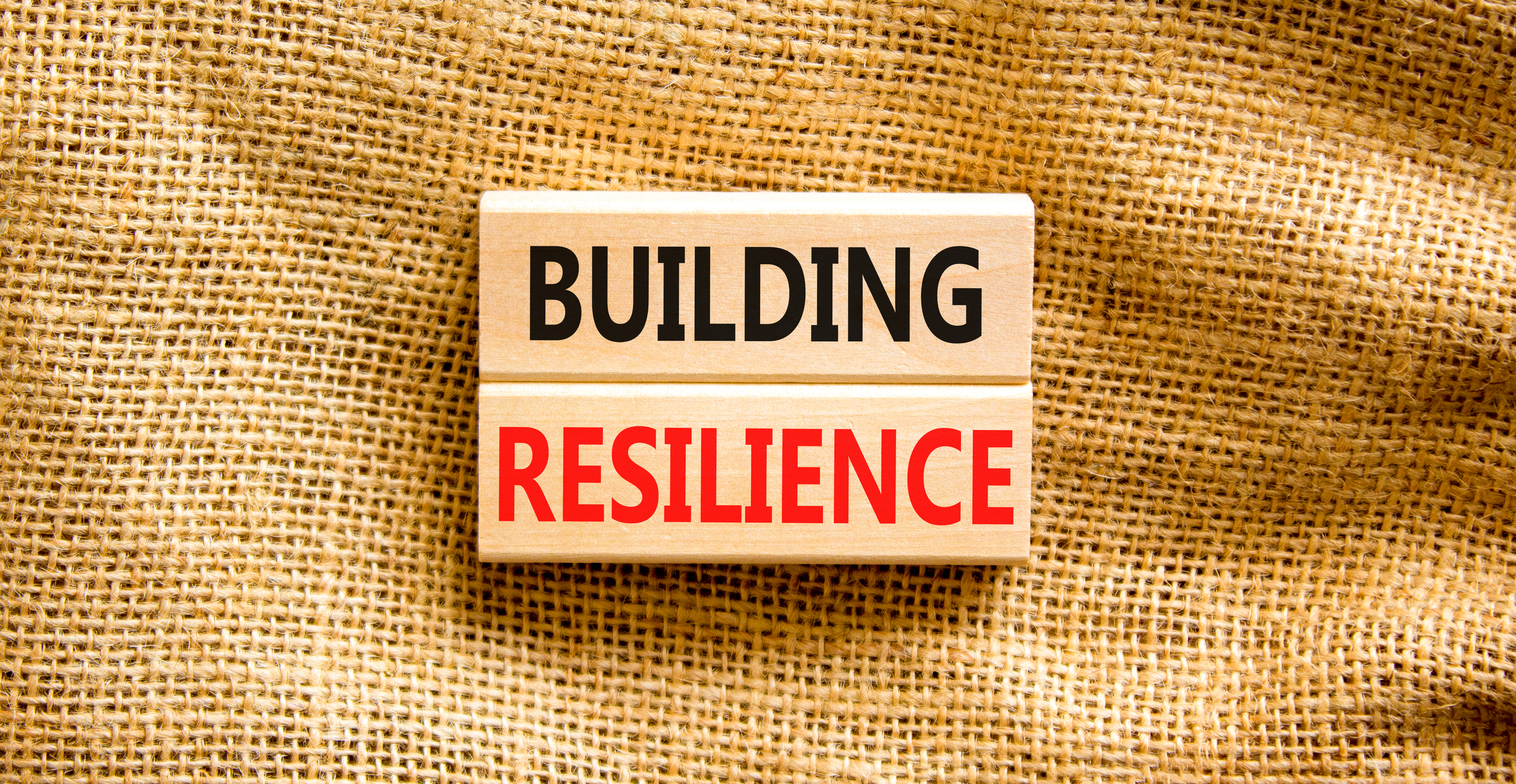On behalf of the U.S. Department of Energy’s (DOE) Building America Program, the National Renewable Energy Laboratory (NREL) issued a request for proposal (RFP) for multi-disciplinary expert teams to address the technical challenges of decarbonizing the U.S. residential housing stock.
Details »Insulation Institute Blog
While the federal government is ramping up measures that increase building energy efficiency, home builders in a handful of states, including North Carolina, are pushing back against more stringent building energy efficiency measures. But what is in the best interest of homeowners?
Details »America has more than 100 million leaky homes that are prime for energy efficiency and electrification upgrades, including air sealing and insulation. Without serious engagement by utilities and contractors to address the issue of thermal leakage, the lofty goals the Biden Administration has set for carbon reduction and electrification will not be achieved, says Rick Barnett, a green builder and remodeling contractor. Barnett has been an advocate for thermal envelope efficiency and green building for more than 30 years.
Details »The U.S. Department of Energy (DOE) Office of State and Community Energy Programs has issued a grant funding opportunity announcement (FOA) for public K-12 schools. These grants are available to make energy improvements that result in direct reduction to school energy costs, increase energy efficiency, and lead to improvements in teacher and student health, including indoor air quality. Applicants must submit a baseline energy needs assessment to qualify.
Details »Way back in the late 2000s, when I first took my BPI Building Analyst training and got into home performance, one of the first lessons I can remember learning was the importance of working through the proper order of operations. Things like “always seal the high and low bypasses first” and “air seal then insulate because the pressure boundary and thermal boundary must align.”
Details »The building industry has struggled with building trades recruitment and retention issues for more than a decade. The aging construction workforce, lack of skilled trades instruction in schools, and stiff competition for workers have all contributed to the issue. All skilled trades professions are impacted, and insulation contractors are no exception.
Details »NAIMA has just released a new course that is available through Hanley Wood University (owned by Zonda). The course, “Resilient Design: Fire Safety, Mineral Wool, and Sustainability,” discusses the construction industry’s vulnerability to natural and manmade hazards that can result in everything from reducing the lifespan of infrastructure, to loss of life and property. Architects, engineers, and construction industry professionals can mitigate these vulnerabilities by having a fuller understanding of resilience as well as the building materials and construction and operational techniques that lead to stronger, more durable buildings.
Details »The U.S. Department of Energy (DOE) last month released the latest version of the Zero Energy Ready Home (ZERH) requirements for single-family homes. Version 2 of the ZERH requirements included an update of the thermal envelope insulation levels to those required by the 2021 Residential IECC, whereas the previous version (V1 Rev 8) stipulated 2015 IECC thermal insulation requirements. DOE also highlighted the new tax credits available to builders through the 45L builder energy efficiency tax incentive.
Details »
